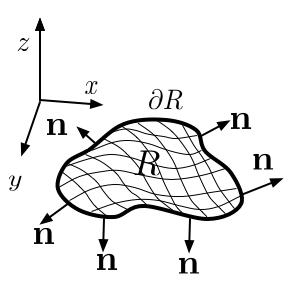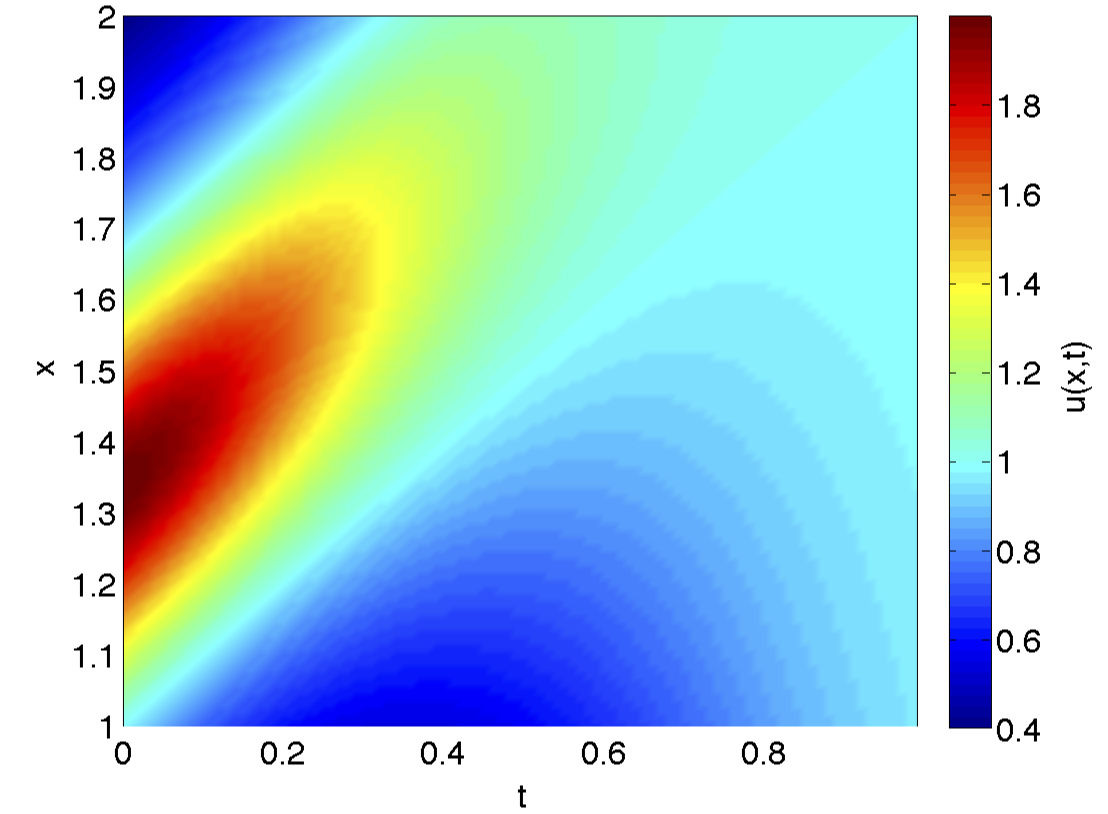
|
Engineering Calculus 1321 |

|
The calculus is a set of tools to analyze the relationships and functions essential for modeling physical processes important in science and engineering applications.
1321 Entrance requirements and prerequisites
- "C" or better in MATH 1311
- AP Calculus BC score of 4 or better
- Departmental consent
Learning Objectives of 1321
The goal of Math 1321 is to master the basic tools for the study of functions f(x)=y, termed the calculus, and become skilled in its use for solving problems in science and engineering. These basic tools and problem solving skills are described below.
The tools and skills
- Students will become skilled in computations and applications of infinite sequences and sums. Students will become familiar with the properties of infinite sums to either converge to a finite value or diverge to an infinite value, and will learn about methods to determine convergence. Students will be able to represent functions as a Taylor series, and use Taylor's theorem to approximate functions and estimate error from using finitely many terms of the Taylor series.
- Students will also learn important tools of calculus in higher dimensions. Students will become familiar with 2- and 3-dimensional coordinate systems, vectors and vector operations including the dot and cross product, and equations of lines, planes, and other surfaces. Students will also learn how to represent motion of objects in 3D using vector functions, how to represent velocity and acceleration using vector projections into tangential and centripetal coordinates of acceleration, and how to characterize curves in space by computing arc length and curvature. For functions of 3D surfaces, students will be able to characterize aspects of surfaces and volumes using partial derivatives and the gradient vector. Partial derivatives will also be used to describe approximating tangent planes to points on surfaces, and how to compute derivatives of multi-dimensional function compositions can be performed using a multi-dimensional version of the chain rule.
- Students will be introduced to the tools of integration of multivariate functions over areas and volumes and will learn the use of iterated multiple integration. Similar to single-variable integration, students will learn the technique of multidimensional change-of-variables to transform the coordinates over which integration proceeds by utilizing the Jacobian. Specifically, students will learn how to transform between an integral over an area or volume in Cartesian coordinates to polar or spherical coordinates, respectively.
- Students will become familiar with vector functions that define vector fields in the plane and 3D space, particularly conservative vector fields, represented by the gradient of a scalar function, which are important for gravitation and electrostatics. When masses or charged particles are pushed through fields such as these along curved paths, the work done can be computed as a line integral. Students will learn how the fundamental theorem for line integrals for conservative vector fields reduces the integral to valuation of the potential at the endpoints of the path.
- Students will learn the fundamental vector calculus integral theorems of Green, Stokes', and Divergence. The notion that one-dimensional integrals of functions can be computed from evaluation of a related function (e.g., an antiderivative or a potential function) on the end-points of the interval of integration generalizes to integration over areas, surfaces and 3D domains. Integration over these domains can be computed by evaluation on the boundary of an area, surface, or volume of the appropriate function. Students will learn meaning and computation of the curl and divergence of a vector field and utilize them to compute area and volume integrals using Green's and Stokes', and the Divergence theorems, respectively. Students will also learn how these theorems represent conservation principles for physical vector fields important in gravitation and electric fields.
Problem solving fluency
- Students will be able to read and understand problem descriptions, then be able to formulate equations modeling the problem usually by applying geometric or physical principles. Solving a problem often requires a series of transformations that include utilizing the methods of calculus. Students will be able to select the appropriate calculus operations to apply to a given problem, execute them accurately, and interpret the results using numerical and graphical computational aids.
- Students will gain experience with problem solving in groups. Students should be able to effectively transform problem objectives into appropriate problem solving methods through collaborative discussion. Students will also learn how to articulate questions effectively with both the instructor and TA, and be able to effectively articulate how problem solutions meet the problem objectives.
Week-by-week guide of topics and textbook sections
- Week 1: 8.1- 8.3 Sequences, Series, Convergence Tests for Series, Estimating Sums
- Week 2: 8.4-8.6, Power Series, Representing Functions with Power Series,
- Week 3: 8.7-8, 9.1-9.2 Taylor and Maclaurin Series, Applications of Taylor Polynomials
Three Dimensional Coordinates,
- Week 4: 9.3-9.6 Vectors, Dot Product, Cross Product, Equations of Lines and Planes, Functions and Surfaces
- Week 5: 10.1-10.4, Vector Functions, Space Curves, Derivatives and Integrals of Vector Functions, Arc Length, Curvature, Velocity, Acceleration
- Week 6: 10.5 , 11.1-11.3, Parametric Surfaces, Functions of Several Variables, Limits, Partial Derivatives, Tangent Planes,
- Week 7: 11.4-7, Linear Approximation, Chain Rule, Directional Derivative, Gradient Vector, Maximum and Minimum Values,
- Week 8: 11.8, Lagrange Multipliers, 12.1-3, Double integrals, Iterated Integrals, Integration over general regions
- Week 9: 12.4-7, Integrals in Polar Coordinates, Applications, Surface Area, Triple Integrals
- Week 10: 12.7-9 , Cylindrical/Spherical Coordinate Integrals, Change of Variables, Jacobians
- Week 11: 13.1-3, Vector Fields, Line Integrals, Fundamental Theorem of LIne Integrals
- Week 12: 13.4-6, Green's Theorem, Curl and Divergence, Surface Integrals
- Week 13: 13.7-8, Stokes' Theorem, Divergence Theorem, Summary
- Week 14: Review, slack time
- Week 15: Review, slack time
- Week 16: Finals week: comprehensive final exam.